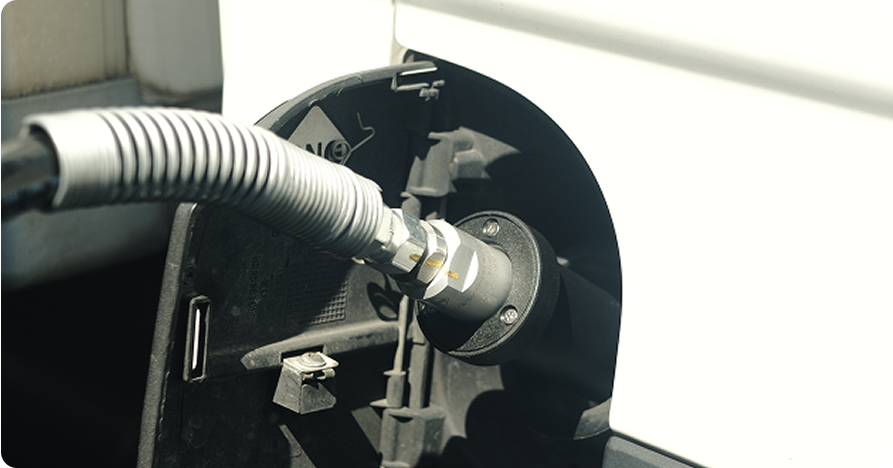

As Europe prepares to ban internal combustion engines by 2035, synthetic fuels are emerging as an ideal alternative. Also called e-Fuel, this fuel would extend the life of internal combustion vehicles. Produced from green hydrogen and captured CO2, it promises a significant reduction in carbon dioxide emissions. Despite its various advantages, there are still numerous challenges that hinder its large-scale development.
First of all, synthetic fuel is advantageous since it is manufactured neutrally by capturing CO2 from the atmosphere. As far as the hydrogen present in this fuel is concerned, it comes from the electrolysis of water. Thanks to these processes, it is therefore possible to reduce carbon dioxide projections from vehicles. Then, we must not forget that this type of fuel is compatible with all current internal combustion engines. As a result, there is no need to change or modify existing distribution infrastructures. Finally, e-Fuel is capable of maintaining the performance and autonomy of modern cars.
In recent years, several important initiatives have been put in place to promote the adoption of synthetic fuels. Currently, automakers like Mazda and Porsche are at the forefront of this technology. Porsche, for example, has invested in e-Fuel production facilities in Chile. The company's aim is to manufacture this fuel for use in sports cars, even after 2035. For its part, Mazda is committed to the E-Fuel Alliance, a coalition aimed at developing synthetic fuels. In aviation, similar projects are being carried out to decarbonize this sector that emits a lot of CO2. In addition, energy companies, the Government and institutions financially support research on E-Fuels.
While synthetic fuel has potential benefits, it faces a number of challenges. Among these obstacles are:
The main difficulty that E-Fuel faces is undoubtedly its manufacturing cost, which is higher than that of traditional fuels. Most of the time, its production involves energy losses, which makes it less attractive than batteries that run on electricity. According to experts, the production of this fuel requires a large amount of water and other natural resources. In any case, this alternative must meet not only quality standards, but also strict safety protocols.
To conclude, synthetic fuel represents a glimmer of hope for those who want to preserve internal combustion engines in a constantly changing world. Indeed, their ability to reduce CO2 emissions while exploiting current infrastructures makes them an ideal solution. However, barriers related to high costs and energy efficiency still raise questions about their long-term viability. If current initiatives succeed in overcoming these challenges, E-Fuel could revolutionize the transport sector.




What if the future of internal combustion engines involved clean combustion? E-Fuel, a synthetic fuel, could well change the rules of the game. Discover how this innovation could breathe new life into our vehicles, while respecting climate goals.

Extending thermal engines thanks to e-Fuels: a promising but still expensive way to decarbonize the transport sector.
